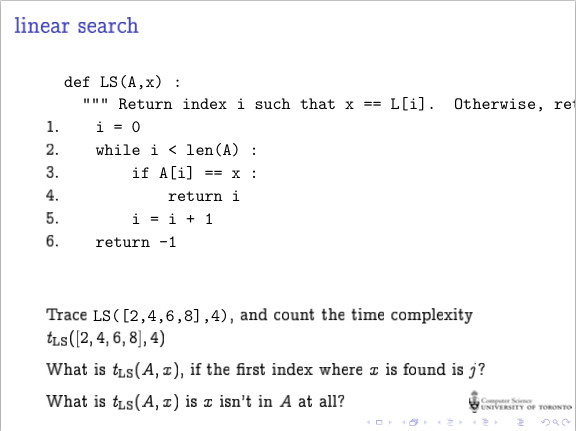This post marks the end of my journey through CSC165H1 at U of T.
As such, I would like to provide a wholesome reflection of the course. — In short, I believe that CSC165H1 differs from the standard offerings at U of T because it has taught me the "joy of learning and discovery".
THE GOOD SIDE:
I understand that some readers may have difficulty empathizing with me — so, let me lament.
I have mostly been blind to the beauty in mathematics. Like the general population, I would associate mathematics to be the antithesis of creativity and expression. In fact, it was ironic that school, the "sanctuary of knowledge", had reduced my view of mathematics to the tedious, translation and manipulations of $x$ and $y$ on a test paper. As best expressed by mathematician Paul Lockhart in "A mathematician's Lament":
"Sadly, our present system of mathematics education is precisely this kind of nightmare. In
fact, if I had to design a mechanism for the express purpose of destroying a child’s natural
curiosity and love of pattern-making, I couldn’t possibly do as good a job as is currently being
done— I simply wouldn’t have the imagination to come up with the kind of senseless, soul-
crushing ideas that constitute contemporary mathematics education." - Paul Lockhart
I highly encourage everyone to read it here. Anyway's back to the topic:
High-school left me with a myopic view of what mathematics represented. Taking CSC165 removed this notion obliterated this notion: The course, instead of developing the student's already strained computational mindset, CSC165 develops the student's neglected derivation mindset, encouraging the student to derive results.
My favourite example is the proof of infinite prime numbers, even though the proof is a logically comprehensible but complicated, most high-schools would exclude such material from the standard maths course based on the "triviality" of the result.
High School Curriculum: Like, of course there are infinite prime numbers - it's common sense.
Me: But can you prove that?
High School Curriculum: *Tries and miserably fails*
In short, I believe high schools only pay emphasis to the usability of the mathematics involved. I liken them to steroid jocks. On the other hand CSC165 helps emulate the process using well defined logic, paying attention to the journey and flow of thought.
THE BAD SIDE:
There is not all that bad to this course, it has greatly improved my logical thinking and capacity for common sense. But I just have one complaint:
Professor Heap, for the love of god, do not use green ink to write during your lectures please.
OTHER NOTABLE SLOGS TO MENTION:
Through the course, I have out come across other SLOGS, here are some I would like to mention:
http://theperfectproofisaworkofart.blogspot.ca
http://165choi.blogspot.ca
http://99bugsbutaglitchaintone.blogspot.ca
http://kelvinxieslog.blogspot.ca
FIN





